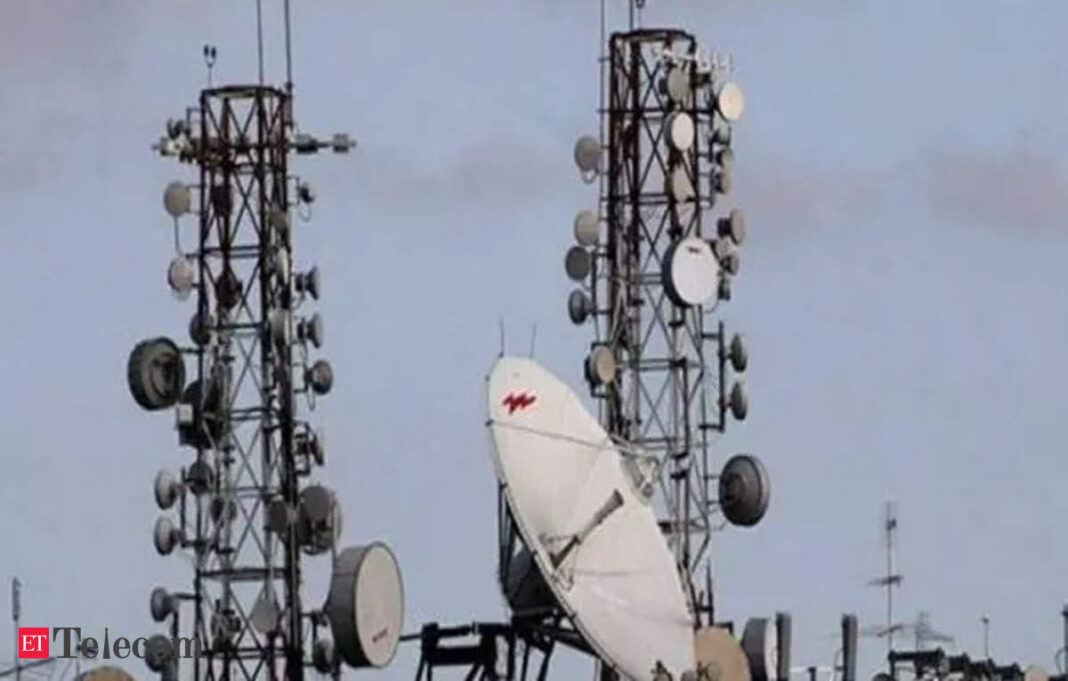In Short:
The telecom department has updated the definition of “mobile tower,” helping telecom companies avoid property taxes for their 8 lakh towers. Towers are now defined as movable structures, not tied to the land. New rules also streamline permissions for tower installations, with local authorities required to respond within 67 days. These changes aim to speed up 5G rollout and improve network infrastructure.
The Department of Telecommunications (DoT) has revised the definition of “mobile tower” in its latest notification regarding the right of way (RoW) rules released on Wednesday. This new definition is anticipated to alleviate property tax burdens for telecom tower companies.
This development is heralded as a significant achievement for the telecom tower industry, which has long advocated for the distinct categorization of India’s approximately 800,000 telecom towers as separate entities from the land on which they are situated.
New Definition and Implications
In the recently issued notification, the DoT defines a “mobile tower” as “any above-ground contrivance, including that which may be dismantled and reassembled at another location, used for carrying, suspending or supporting a telecommunication network, but does not include a pole.”
According to Manoj Kumar Singh, Director General of the Digital Infrastructure Providers Association (DIPA), this clear articulation establishes towers as movable infrastructure, independent of the property on which they are installed, be it public or private land. “This means towers shall be exempt from property tax levy, which has been a concern for tower companies for nearly a decade,” he stated.
Operational Guidelines
For installations on private properties, prior permission from the property owner is not required to establish a mobile tower or pole. In instances where an infrastructure company cannot reach an agreement with the property owner, the company may submit an application to the District Collector or a designated officer via an online portal to assess the necessity of such installation in the public interest.
The Ministry of Communications has clarified that these new RoW rules will apply to all infrastructure projects notified by the central government starting January 1, 2025.
Streamlining the Process
Moreover, the government has enhanced the RoW regulations, imposing strict deadlines for permit approvals and setting maximum charges for deploying infrastructure. For example, local municipalities and public entities are mandated to process RoW permission requests within 67 days of application receipt. If there is no response from a public entity within this timeframe, the permissions will be automatically granted, thus mitigating bureaucratic delays, Singh noted.
Special provisions have also been introduced for the installation of small cells on street furniture. According to the notification, an annual fee of ₹300 will be charged for urban areas and ₹250 for rural areas, per street furniture unit.
All applications and communications will be managed through a digital portal, aimed at enhancing transparency and operational efficiency.
Future Impact on Network Deployment
Singh emphasized that these changes are expected to expedite 5G deployments, facilitate the densification of networks through the integration of small cells, and support flexible network solutions. By clarifying processes and establishing clear charges, these regulations are set to significantly accelerate the rollout of next-generation networks, including 5G and beyond.





